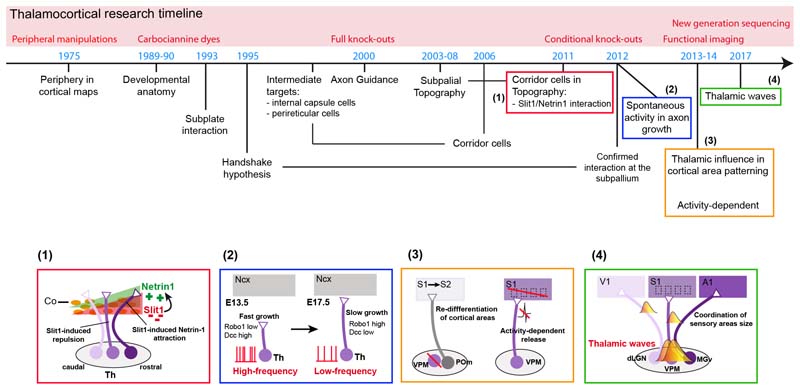Figure 1. Developmental timeline in the thalamocortical research.
Timeline representing the major discoveries in the field of thalamocortical development over the past 40 years. The major techniques used to achieve those findings are highlighted. The panels below emphasised four key findings that were made in the last few years. (1) The mechanism that allow rostral and intermediate TCAs to topographically arrange depend on interaction of guidance cues and receptors at the corridor cells. (2) The velocity of axonal growth in TCAs is controlled by activity-dependent gene expression. (3) The specification of a cortical area directly depends on the subtype of thalamic input that receives, being the higher-order mode the default signature. Moreover, this thalamic influence depends on neurotransmitter release from thalamic neurons. (4) Prenatal thalamic neurons are able to generate calcium waves of spontaneous activity among sensory nuclei that influence cortical areas size and plasticity.

